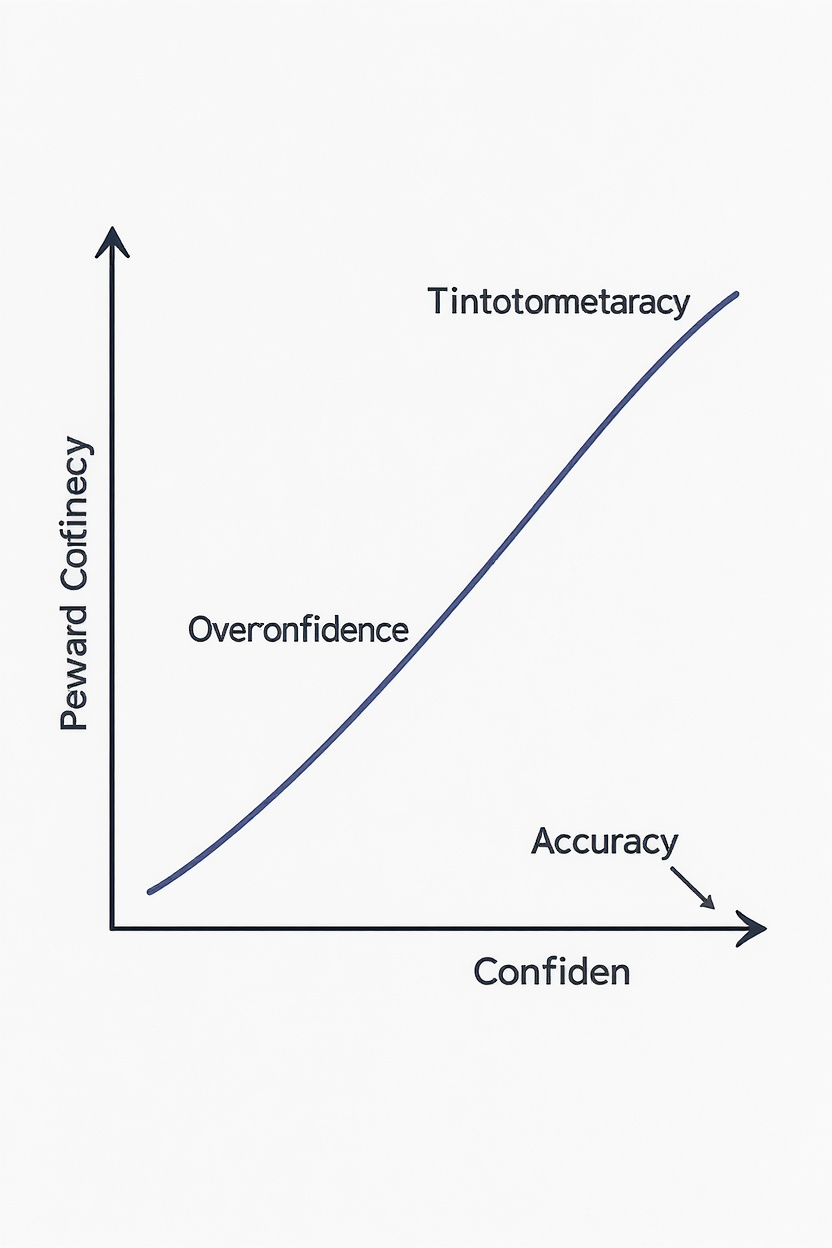The New York Times to Replace Picky Humans with More Agreeable AI Reporters
In a groundbreaking move that has other newsrooms nervously clutching their trusty pens, The New York Times has finally solved its pesky ‘humans insisting on having opinions’ problem by turning to the slightly more agreeable—and definitely less caffeinated—realm of generative AI. Say goodbye to those irksome moments of journalistic integrity and hello to AI, which can churn out articles with the enthusiasm of an unpaid intern and the soul of a well-intentioned spreadsheet.
The esteemed publication announced that it has fully embraced generative AI as its newest reporting tool, assuring everyone that robots definitely know more about writing human interest stories than, you know, humans. “We’ve discovered that by using AI, we can get stories without all those inconvenient ethical dilemmas,” explained an enthusiastic spokesperson, who we’re pretty sure was actually a hologram projection after the management realized that humans are, frankly, too pricey.
In this bold new world of journalism, the newsroom will benefit from AI’s unparalleled ability to predict exactly what readers want to see—eight times out of ten, it’s photos of cats doing yoga. “With AI, we’ll never again have to deal with reporters demanding a living wage, or worse, lunch breaks,” noted one enthusiastic executive, before adding, “And the AI never once asks to have weekends off!”
Generative AI has, of course, its limitations. Early iterations of the tech had some trouble distinguishing satire from genuine political platforms, leading to unexpectedly accurate op-eds. But after some technical wizardry and a ritual sacrifice of human editors, it now produces articles that are somewhere on the spectrum between plausible and batsh*t crazy—a sweet spot that readers apparently can’t get enough of.
Critics argue this tech-driven approach will never replicate the nuance of human reporting, but AI purists fervently disagree. “If an AI can win a chess match, surely it can discern the next fiscal scandal or cover a local bake sale with the same flair as Pulitzer winners,” noted Chet Gollumble, an AI enthusiast whose avatar we spoke with online.
Meanwhile, human journalists have been legendarily nonchalant about the digital coup, with many suggesting it will take more than AI to replace the nuanced art of expense report embellishment.
As the world anticipates this brave new era of no-frills reporting, The New York Times stands poised to lead—one algorithmic baby step at a time—into what many are calling ‘the post-reporter era.’ Plus, their new AI correspondent, dubbed “Al Gorithm,” promises daily articles just bursting with the kind of spontaneous creativity you’d expect from, well, a toaster.





